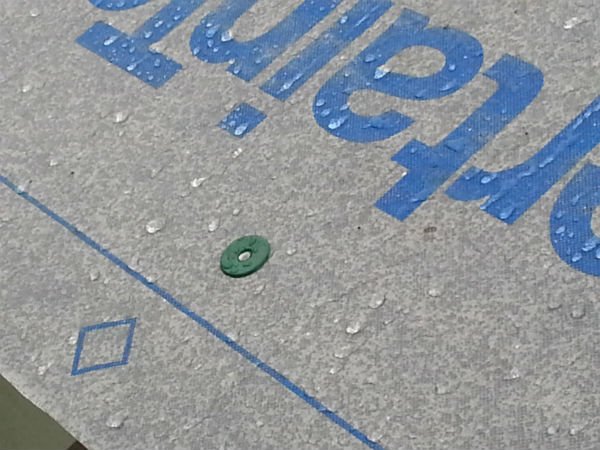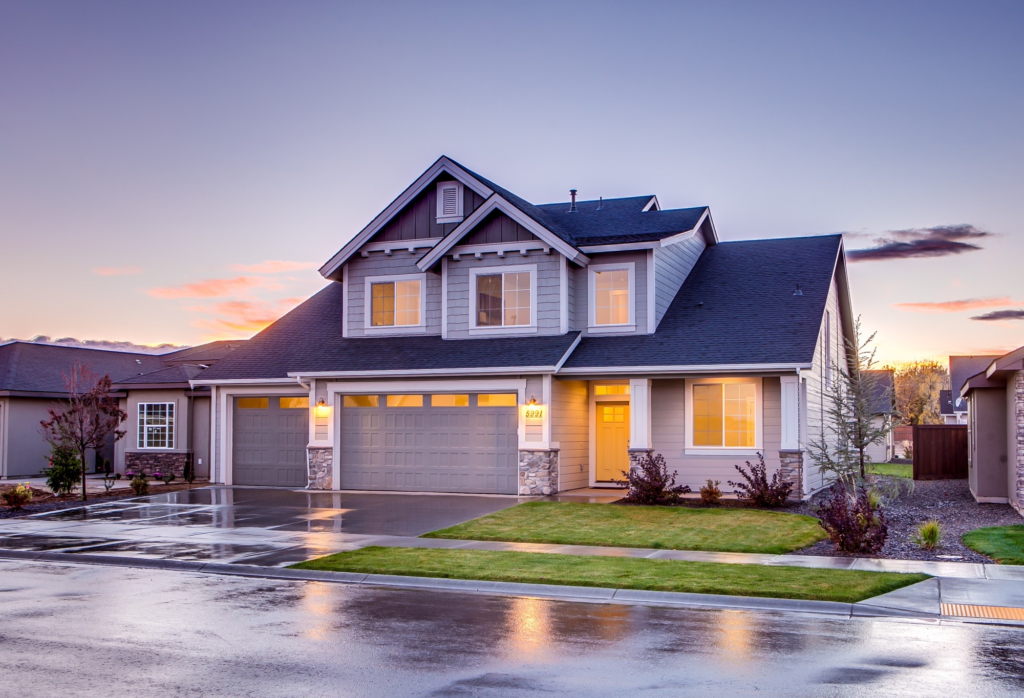How Long Can You Expect Your Roof or Fridge to Last?
IF YOU ARE BUYING OR selling a house, odds are you’re hyper-focused on the layout, the closet space and the yard – all aspects that a homeowner can’t easily change. But another important consideration is necessary home repairs. For instance, roofs are designed to be replaced every 30 years, and appliances rarely last that long. Understanding the life span of appliances and home fixtures can help you decide when to repair and when to replace.
If you’re a buyer, you may be wondering if you can get a discount on the price if a roof is going to need to be replaced soon. The most expensive components of a home are generally the roof, electrical, plumbing, furnace and air conditioning systems. The stakes are high for homeowners because replacing any one of these systems can mean a bill of figures.
On the other hand, if you’re a seller, you might be worried you won’t be able to get a good price for your property if your roof or refrigerator is aging. Exactly how long your heating, plumbing, roof, air conditioning, water heater and other home components will last varies, of course, based on the quality of the items, how well they’ve been maintained and where you live.
So if you’re thinking of buying or selling a house and you’re wondering how long you can expect your roof, refrigerator and other appliances to last, keep these factors – and expected feature life spans – in mind.
If you’re a buyer, remember the seller has already considered the condition of the home and its appliances, says Mihal Gartenberg, a real estate agent with New York City. But that doesn’t mean you shouldn’t negotiate and ask for a lower price. “The quickest way a buyer can assess if the asking price reflects the home’s condition is to ask the buyer’s broker to compare its price with the past sales in the immediate vicinity,” Gartenberg says. “So, if a kitchen is old and needs replacing, but the home is the same price as a neighboring home that is move-in ready, the asking price should absolutely be negotiated down.”

What is roofing underlayement, and why do you need it?
Your roof protects your home from the elements. Pretty basic stuff, right? Less obvious are the parts that go into the whole roof system. Maybe you’ve never heard of roofing underlayment. It’s doing a lot of work for you every day.
What is roofing underlayment?
Roofing underlayment is a water-resistant or waterproof barrier material that is installed directly onto your roof deck. It is applied under all other roofing materials as an added layer of protection from severe weather.
There are three main types of roofing underlayment:
Asphalt-saturated felt
Non-bitumen synthetic underlayment. This is also known as “synthetic underlayment.”
Rubberized asphalt underlayment
Asphalt-saturated felt was the go-to roofing underlayment until about 15 years ago. That’s when synthetic products started gaining in popularity.
Commonly referred to as “felt paper” or “tar paper,” common roofing felt is made of varying blends of cellulose (natural plant fibers), polyester, bitumen or asphalt.
Basemat – the flexible base layer – is saturated with asphalt for water resistance.
Felt paper is applied across the entire roof deck. Depending on local weather, waterproof underlayment may be recommended.
Should I Repair or Replace My Roof?
When it comes to your home, an ounce of prevention is most definitely worth a pound of cure. In other words, regular maintenance is good for both your home’s appearance and your wallet. Putting off needed repairs might save you in the short-term, but it will end up costing you a lot more in the long run.
However, not all home improvement decisions are cut and dry. For example, it’s sometimes possible — and entirely acceptable — to repair a roof rather than replace it. Which route you take depends on several factors, including the type of damage and what percentage of the total roof surface is in need of repair.
When It’s Okay to Simply Replace Shingles
In some cases, replacing a few shingles is all you need to restore beauty and function to your roof. Asphalt shingles are designed to last for decades, and today’s modern roofing designs are engineered to last for as long as you own your home.
Before you decide to replace shingles, however, it’s important to have a professional inspect your roof to determine if any of the underlayment or decking is damaged. There’s a big difference between a few missing shingles lost during heavy winds and a leak that extends through the various layers of your roof. If the damage is extensive, it’s usually a better idea — and a better value — to replace the entire roof.
Patching Damaged Areas
Understandably, many homeowners wonder if they can patch a damaged or deteriorating section of roof rather than replace the entire thing. They may even opt to roof over the existing shingles instead of tearing off the old roof.
The pros and cons of asphalt roofing shingles
A significant part of adulthood and adulting is becoming a first-time homeowner. But much like with earning your first regular paycheck, there are important details that come with hitting such a huge milestone in life.
In the paycheck scenario, the critical details are income taxes and paying bills. With homes, it’s renovations. But what in the world do you know about roofing materials?
When in doubt, always start with the most popular thing amongst the adulting majority. Four out of five homeowners in the United States have chosen to cover their homes in asphalt shingles. What are asphalt roofing shingles, and how good are they when you break it all down?
The Pros of Asphalt Roofing Shingles
An asphalt shingle is a type of roof shingle that uses asphalt for waterproofing. The cost of a metal roof can be three times as much as an asphalt one. These shingles are the most affordable, not to mention accessible, out of the pool of available shingle materials. Asphalt is usually seen as the most sensible cost option in the roofing industry.
Versatile and Adaptable
Asphalt shingles are one of the least difficult to work within the roofing world. It can be easily cut, secured, and fitted during the installment process.

Roofing Shingles Prices
If your old roof is leaking beyond repair, replacing it with a shingle roof remains the most popular and cost effective option. The average cost to install roof shingles is $4,190 – $5,740 for a 1,600 sq.ft. ranch house, including materials and labor. Cost includes 3 ft. wide Ice & Water barrier, and felt underlayment over entire roof, as well as basic ridge vent. Flashing around chimneys, skylights, dormers, etc will be extra (about $200-500)
Additional costs will be incurred, if you need rotten roof boards or plywood replaced (about $2 per sq. ft). Also if your roof has valleys, ther will be additional cost of about $15-20 per 1 linear foot of valley length, which pays for extra Ice & Water shield, waste a extra labor incurred by the roofer. Total installation cost may vary depending on your location, roof complexity and the contractor you hire. Below we explain it all in great detail.
Across the US, the average price for roof shingles is $3.20 – 3.40 per square foot, including materials and installation. This is equivalent to $320 – 340 per roof square (1 roof square = 100 sq.ft.) You can use Roof Shingles Calculator to get a more accurate estimate for your home.
Prices for basic 3 tab composition shingles start at $0.80 per square foot. Laminated or architectural shingles cost $0.85-0.90 per square foot. The most popular architectural shingles sold in the US are Timberline HD by GAF.
How much is a bundle of shingles?
Asphalt roof shingles are sold in bundles. There are 3 bundles per square. 1 square of roof area covers about 100 sq.ft. However, the precise number of bundles you need to buy really depends on your roof size, slope (roof pitch), and how cut up it is. For example, a 1600 sq.ft. roof will need at least 16 squares or 54 bundles of shingles (rounded up from 53.3).